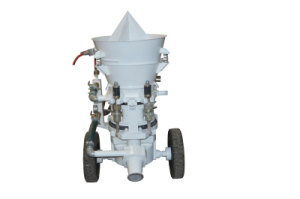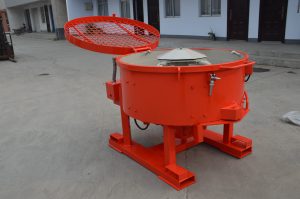AL-267 (Dry/Wet-Mix Shotcrete Machine) > KING Shotcrete
The Aliva AL-267 is a multi-functional machine used for wet and dry application of sprayed concrete, using the thin-stream process. With an output capacity of 4 to 21 m³/hour (5.25 to 27.5 yd³/hour), the AL-267 is well-suited for medium to large size shotcrete projects. This machine is ideal for mining and tunneling, slope stabilization, wall construction, hydro-electric power projects, and …
Concrete Dry-mix Shotcrete Machine – Dry Mortar mixer and
Air Motor Dry-mix Shotcrete Machine can be used thanks to its compact design and mobility where space is at a premium e.g. in mines and galleries. Other potential applications are slope and hillside protection, lining of water tanks and swimming pools, guniting for single and double shell tunnel construction, backfilling of tubing.
Shotcrete – Wikipedia
Shotcrete is an all-inclusive term for spraying concrete or mortar with either a dry or wet mix process. However, shotcrete may also sometimes be used (incorrectly) to distinguish wet-mix from the dry-mix method. The term shotcrete was first defined by the American …
American Shotcrete Association
Shotcrete is an all-inclusive term to describe the spraying of concrete or mortar that may be accomplished through either a dry- or wet-mix process. Gunite refers only to the dry-mix process in which the dry cementitious mixture is blown through a hose to the nozzle, where the water is injected immediately prior to application.
Electric Dry Mix Shotcrete Machine – Dry Mortar mixer and
Dry Mix Gunite Shotcrete Machine can be used thanks to its compact design and mobility where space is at a premium e.g. in mines and galleries. Other potential applications are slope and hillside protection, lining of water tanks and swimming pools, guniting for single and double shell tunnel construction, backfilling of tubing.
What Are Gunite and Shotcrete? – thebalancesmb.com
Sep 30, 2018· Wet-mix shotcrete uses fully mixed concrete and sends it through a hose and nozzle without additional water. This is the most commonly used process, as it produces less rebound (material that falls to the ground and is wasted) and dust compared to dry-mix gunite.












